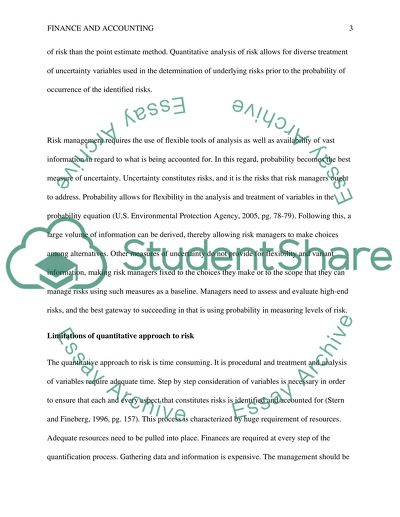Cite this document
(“Modern Risk Analysis Based on PRA Essay Example | Topics and Well Written Essays - 1500 words”, n.d.)
Retrieved from https://studentshare.org/finance-accounting/1436878-modern-risk-analysis-is-based-on-probabilistic
Retrieved from https://studentshare.org/finance-accounting/1436878-modern-risk-analysis-is-based-on-probabilistic
(Modern Risk Analysis Based on PRA Essay Example | Topics and Well Written Essays - 1500 Words)
https://studentshare.org/finance-accounting/1436878-modern-risk-analysis-is-based-on-probabilistic.
https://studentshare.org/finance-accounting/1436878-modern-risk-analysis-is-based-on-probabilistic.
“Modern Risk Analysis Based on PRA Essay Example | Topics and Well Written Essays - 1500 Words”, n.d. https://studentshare.org/finance-accounting/1436878-modern-risk-analysis-is-based-on-probabilistic.


